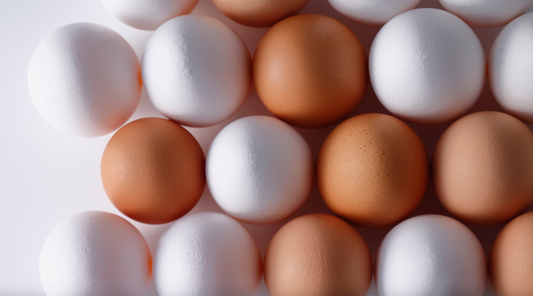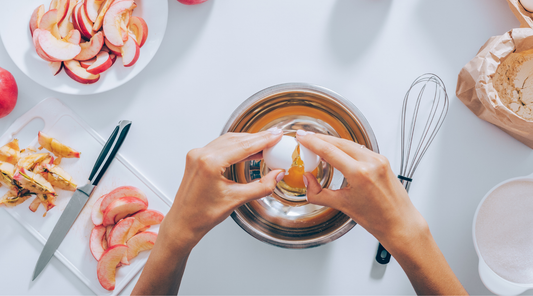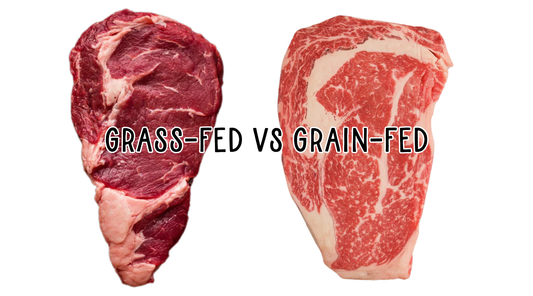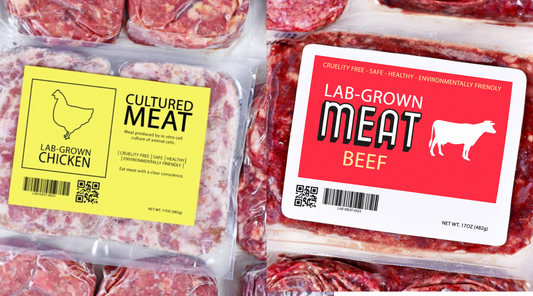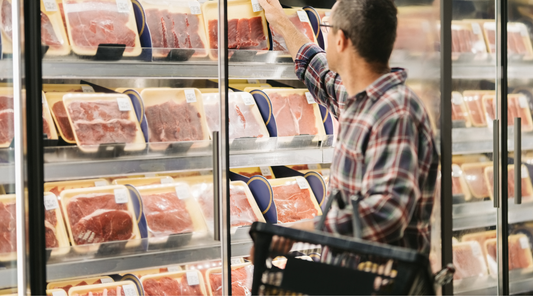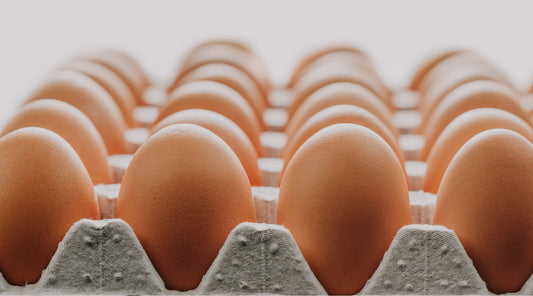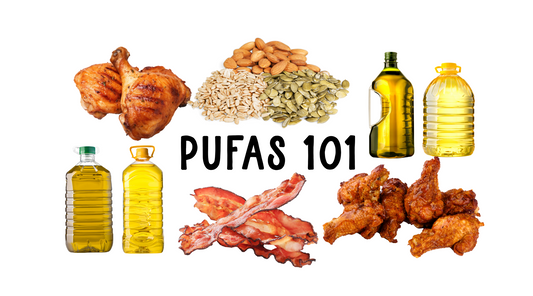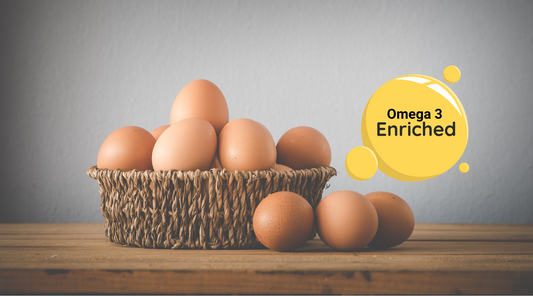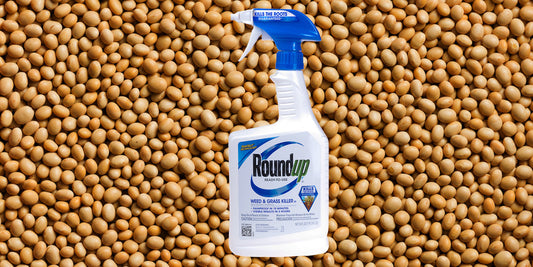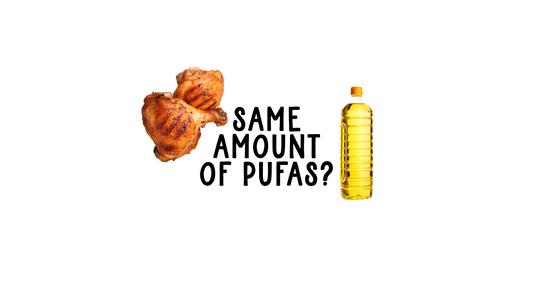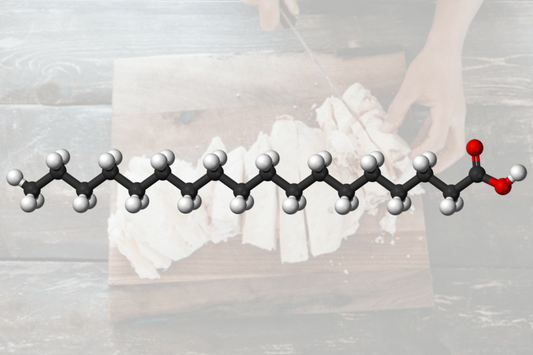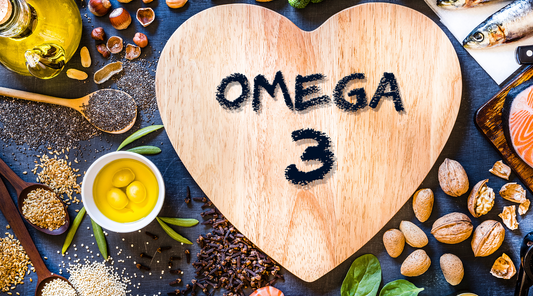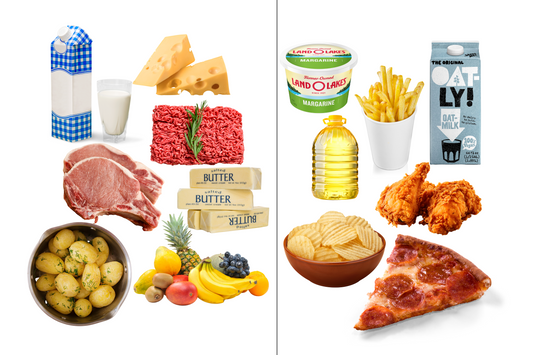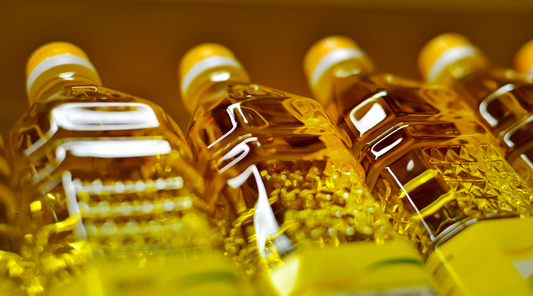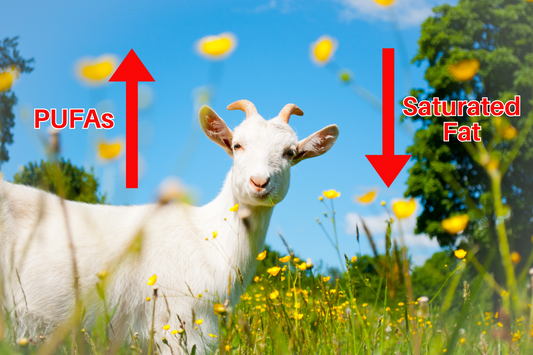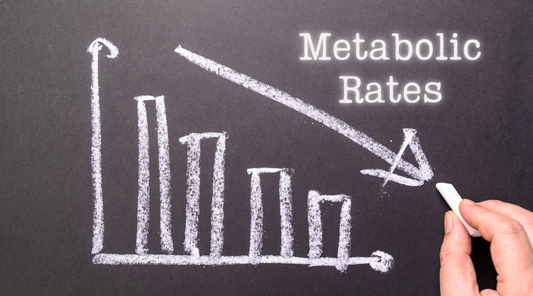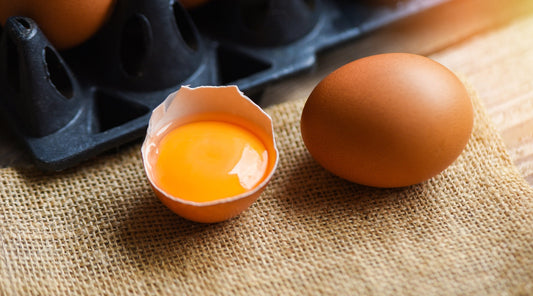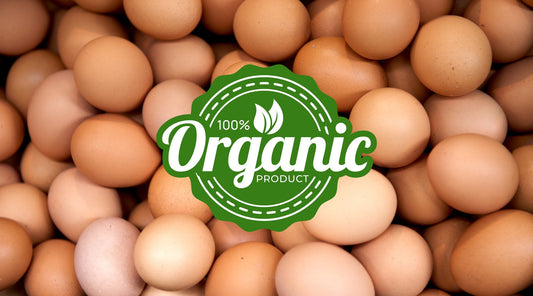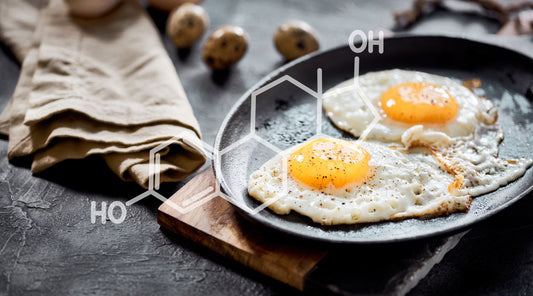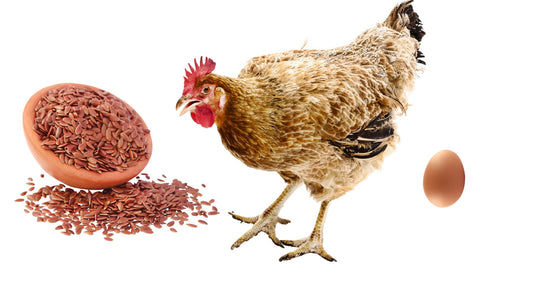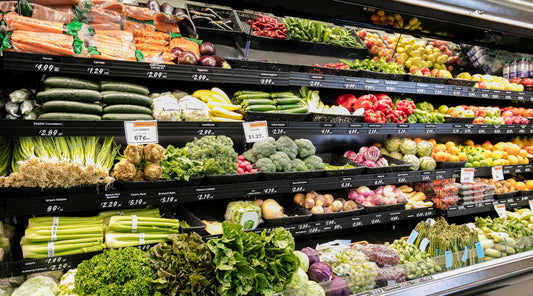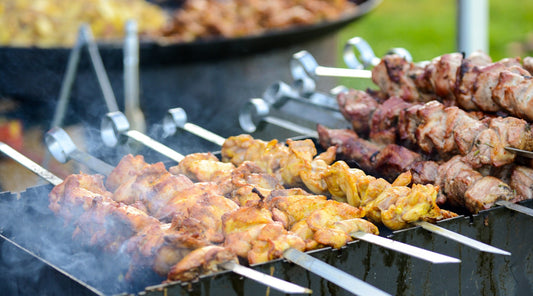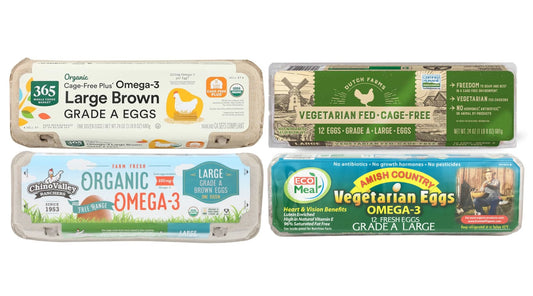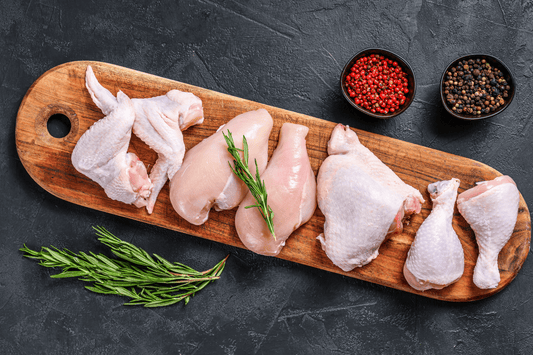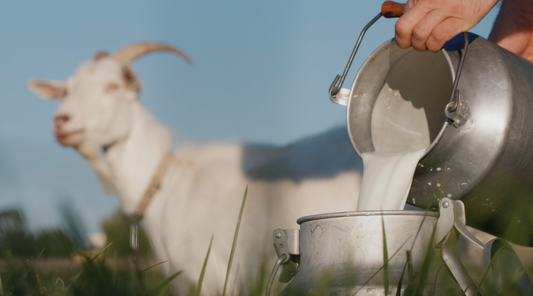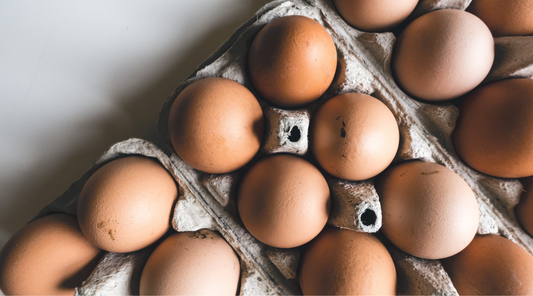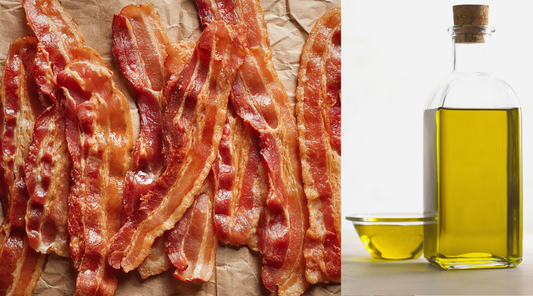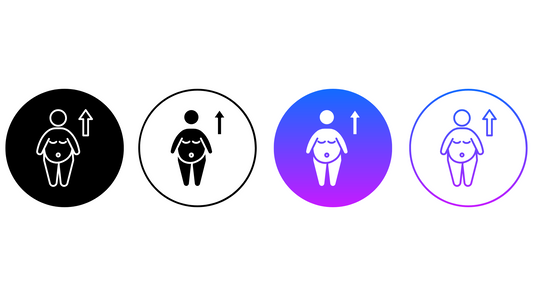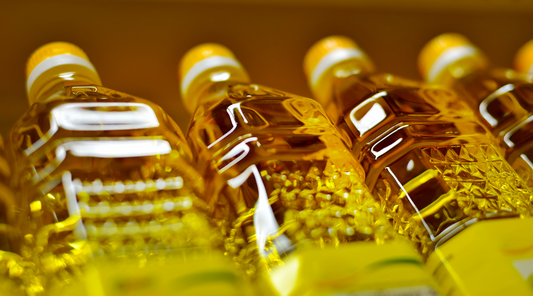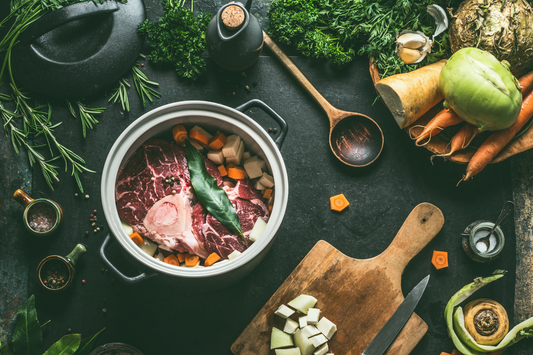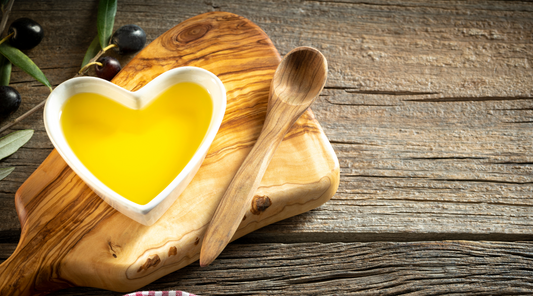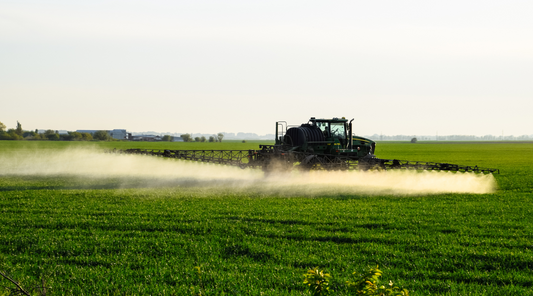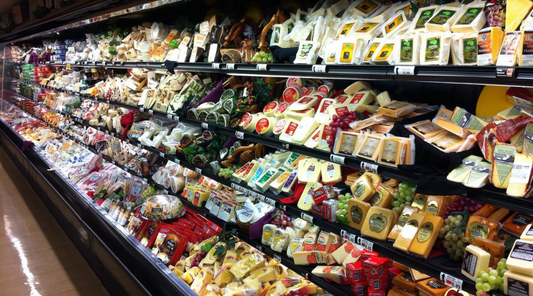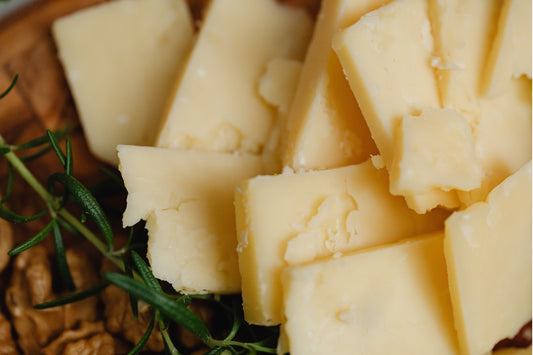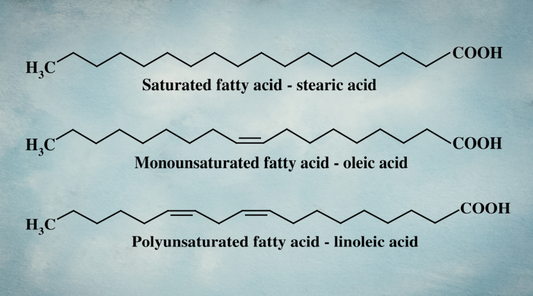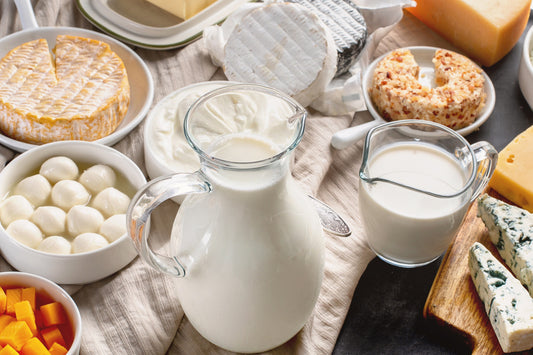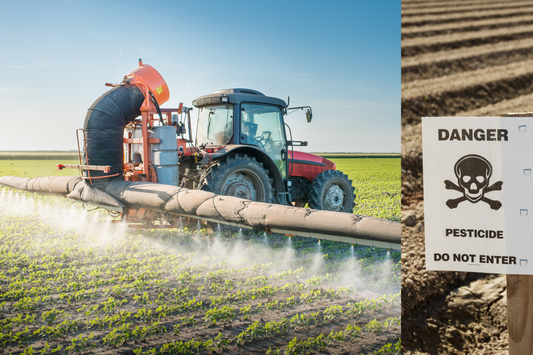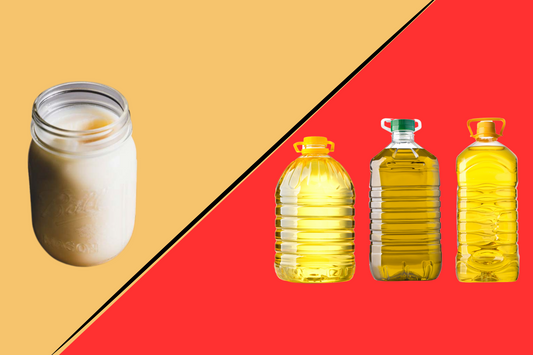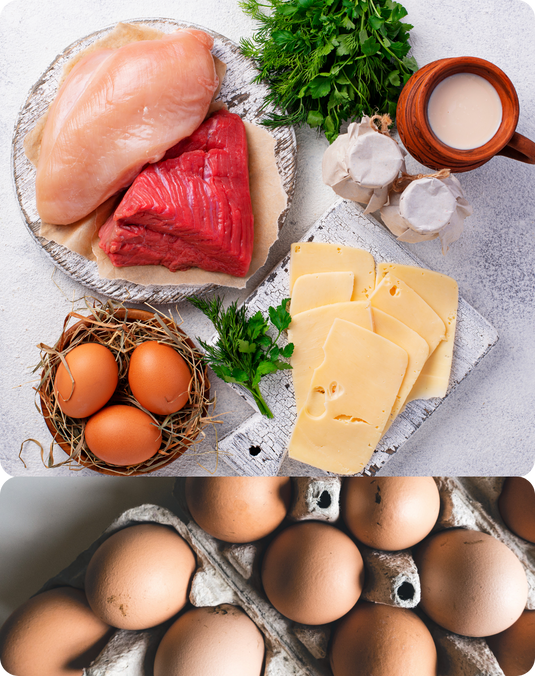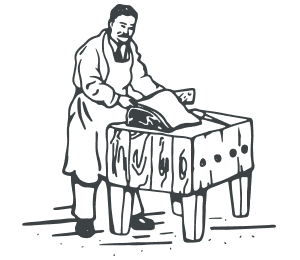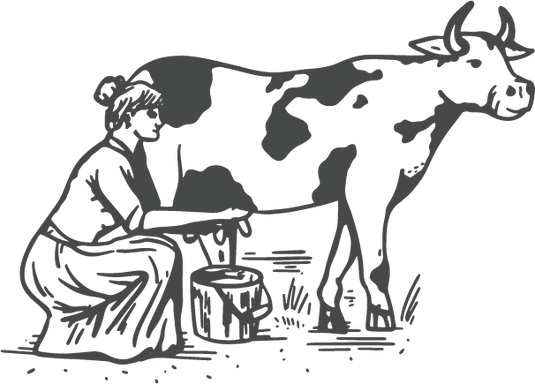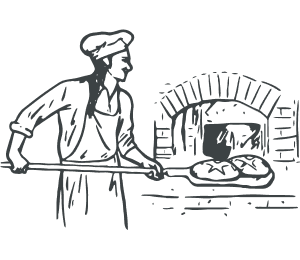
Ancient Gut Wisdom: Why Raw Milk Still Works Today
It’s becoming more and more clear: your gut health plays a critical role in your overall well-being—both physically and mentally.
While scientists are still working to define what makes a universally “healthy” gut microbiome, certain beneficial bacteria, like Lactobacillus , have consistently been linked to better health outcomes. 1 This well-known probiotic has been associated with improvements in obesity 2, diabetes 3 , liver 4 and heart health 5 , digestion 6 , and even neurological conditions like autism, depression and anxiety. 7
So, if supporting your gut is so essential, what’s the best way to maintain a healthy gut microbiome?
Many people turn to probiotic supplements—but these come with a few caveats. Their effectiveness varies by strain which can vary batch to batch 8 (yet most brands make sweeping claims), manufacturing can impact bacterial survival 9 , and the supplement industry lacks strict quality control. 10 Not to mention—they’re often expensive and hard to stick with daily.
“Current regulation of probiotics is inadequate to protect consumers and doctors, especially when probiotics are aimed at the dietary management of serious conditions.”
But here’s the good news: your daily diet has a profound impact on shaping your gut microbiome. 11 In fact, research shows your microbiome can change rapidly and significantly based on the types of food you eat regularly. 12
For situations like this, I think it’s important to reflect on what generations did before us.
WDOAD? (What did our ancestors do?)
For thousands of years—over 7,000, in fact—people consumed raw dairy. Before modern supplements and processed health foods, raw milk from grass-fed animals served as one of the most powerful natural sources of probiotics and bioavailable nutrients. Studies now suggest that raw milk may have even played a protective role against allergies and atopic conditions in farming communities. 13
Let’s not forget: pasteurization is a relatively new invention. It was only introduced in the early 1900s, a response to the dangerous conditions of filthy urban dairies during the rise of large-scale confinement operations. But before that? Raw milk was a dietary staple, not a risk.
Real food is the real supplement.
So, why exactly is raw dairy good for your gut? Let’s cover just 3 of many reasons why:
1. Raw Dairy Is a True Probiotic Superfood
Let’s start with one of the most powerful reasons: raw dairy is one of the best and most effective probiotics you can consume.
Unlike pasteurized dairy, which kills off all living bacteria during high-heat processing, raw dairy retains its diverse population of beneficial bacteria. 14
And here’s the best part: studies show that these bacteria don’t just pass through your system—they can actually take up residence in and transfer to your gut, promoting better digestion and microbiome balance. 15
Because raw dairy is a whole food, its “food matrix” provides a natural protective environment for these probiotics, making them more likely to survive the digestive process and actually do their job once they reach your intestines.
In one study16, participants consumed raw dairy for 12 weeks. The results?
• A significant increase in Lactobacillus species in the gut—a group of probiotics known for improving microbiome balance and reducing dysbiosis.
• A boost in short-chain fatty acids (SCFAs)—compounds produced by gut bacteria that serve as a food source for the cells lining your intestines, help maintain a strong gut barrier, and support optimal energy production.
• And perhaps most impressive: an increase in functional richness of the gut microbiome. That means not only were there more beneficial bacteria, but those bacteria were capable of performing a broader range of essential functions.
In other words, just 12 weeks of raw dairy consumption transformed participants’ gut ecosystems—making them more diverse, more functional, and more resilient.
2. Raw dairy contains lactoferrin—a gut health powerhouse.
Lactoferrin is a multifunctional protein that does a lot of heavy lifting in your body, especially when it comes to your gut. It helps promote the growth of beneficial bacteria, supports the integrity of the gut lining 17, and even binds to harmful endotoxins (toxic, pro-inflammatory components from certain gut bacteria) to prevent them from leaking into your bloodstream and lymphatic system. 18
It also has powerful natural antimicrobial effects, thanks to its ability to bind free iron, a nutrient many harmful pathogens rely on to grow. By sequestering iron, lactoferrin not only stops the overgrowth of bacteria, viruses, fungi, and parasites, it also helps prevent excess iron buildup in the body. 19 And that’s a big deal, because too much iron can fuel inflammation, oxidative stress, and metabolic dysfunction. In other words: your body needs iron, but more isn’t always better. Lactoferrin helps keep it in check.
Here’s what else lactoferrin does:
The problem? Lactoferrin is heat sensitive. Studies show that pasteurization can destroy 50–90% of it, depending on the temperature and duration. 24, 25, 26 That means raw dairy gives you far more of lactoferrin’s benefits—in its active, bioavailable form—compared to its pasteurized counterpart.
3. Raw dairy contains intact milk fat globule membrane (MFGM), a critical component for gut health.
MFGM supports and strengthens the gut lining 27, 28, reduces inflammation, and has even been linked to improved glucose tolerance. 29
While pasteurization doesn’t completely destroy MFGM, it does cause damage. Studies show that the proteins within the MFGM can denature—meaning they lose their native structure—when exposed to heat. 30 This reduces their functionality and bioactivity. 31 For example, heat can disrupt the membrane’s natural protein-lipid interactions, causing some components to separate into the whey fraction instead of staying intact around the fat globule. The extent of this breakdown depends on both temperature and duration, with ultra-high-temperature (UHT) pasteurization causing the most damage.
Then there’s homogenization—a mechanical process used to break down fat globules for a more uniform appearance. Raw milk fat globules naturally range from 1 to 10 micrometers, but homogenization forces them to shrink to under 1 micrometer. In doing so, it obliterates the MFGM’s natural structure. 32, 33, 34 The high-pressure shearing ruptures the outer membrane 35, exposing the fat inside and triggering a protein rearrangement 36: milk proteins like casein and whey form a new, artificial coating around the globules. But this replacement lacks the full spectrum of phospholipids and bioactive compounds found in the original MFGM.
In fact, research shows that up to 70% of MFGM’s phospholipids can be displaced or diluted during homogenization. 37, 38 This structural change affects the bioavailability of key nutrients—especially proteins, fats, and fat-soluble vitamins—diminishing the health benefits raw dairy has to offer.
Summary
When it comes to gut health, real food truly is your greatest ally, and raw dairy stands out as one of the most powerful tools available. With its rich probiotic profile, bioavailable nutrients, and intact structures like lactoferrin and MFGM, raw dairy nourishes your gut in ways modern processed alternatives simply can’t match. It’s not just tradition, it’s science-backed nutrition that honors how our ancestors thrived.




